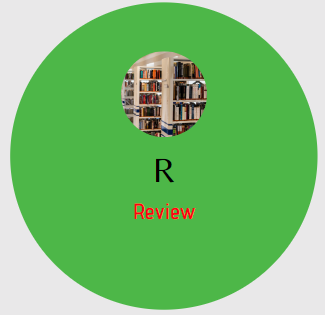[Source: Journal of General Virology, full page: (LINK). Abstract, edited.]
The first decade of research advances in influenza D virus
Jieshi Yu1 , Feng Li1, Dan Wang1
Affiliations: 1 Department of Veterinary Science, Maxwell H. Gluck Equine Research Center, University of Kentucky, Lexington, Kentucky 40546, USA
*Correspondence: Dan Wang, dan.wang@uky.edu
First Published: 19 November 2020 | DOI: https://doi.org/10.1099/jgv.0.001529
Abstract
From its initial isolation in the USA in 2011 to the present, influenza D virus (IDV) has been detected in cattle and swine populations worldwide. IDV has exceptional thermal and acid stability and a broad host range. The virus utilizes cattle as its natural reservoir and amplification host with periodic spillover to other mammalian species, including swine. IDV infection can cause mild to moderate respiratory illnesses in cattle and has been implicated as a contributor to bovine respiratory disease (BRD) complex, which is the most common and costly disease affecting the cattle industry. Bovine and swine IDV outbreaks continue to increase globally, and there is increasing evidence indicating that IDV may have the potential to infect humans. This review discusses recent advances in IDV biology and epidemiology, and summarizes our current understanding of IDV pathogenesis and zoonotic potential.
Received: 29/04/2020 – Accepted: 02/11/2020 – Published Online: 19/11/2020
Keyword(s): zoonotic potential , pathogenicity , genetic and antigenic evolution , influenza D virus and epidemiology
Funding: This study was supported by the:Feng Li , University of Kentucky , (Award Agricultural Experiment Station)
Feng Li , University of Kentucky , (Award William Robert Mills Endowment Fund)
Feng Li , South Dakota Agricultural Experiment Station , (Award 3AH-673)
Dan Wang , National Institute of Food and Agriculture , (Award 2016-67016-24949)
Feng Li , National Institute of Allergy and Infectious Diseases , (Award R01AI141889)
© 2020 The Authors
–
Keywords: Influenza D; Cattle; Pigs; Zoonoses.
—–




You must be logged in to post a comment.